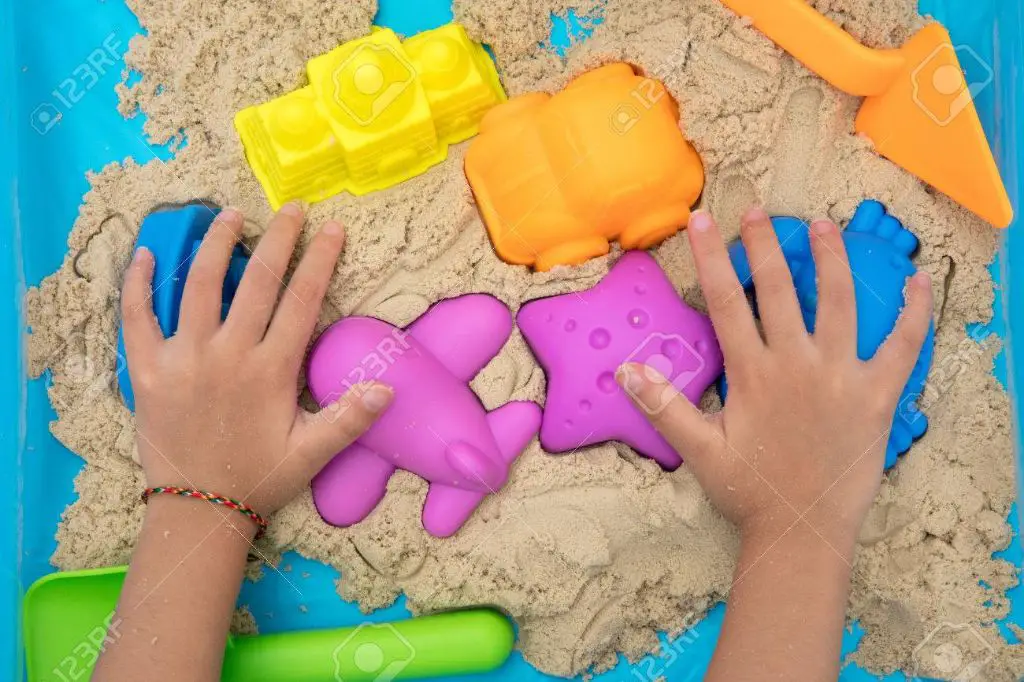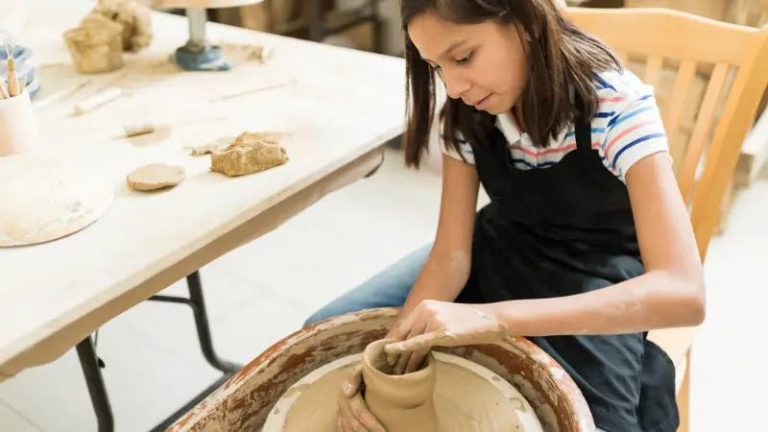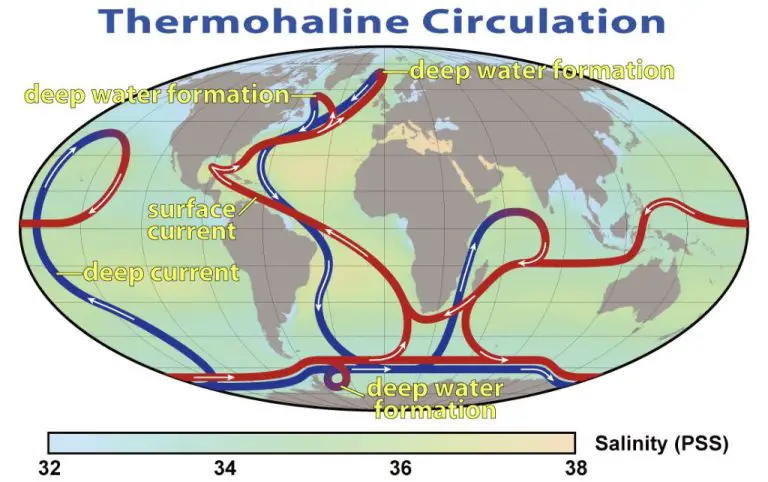What Is Better Than Air Dry Clay?
Air dry clay is a modeling material that is made from natural materials such as water, clay, and cellulose. It is called “air dry” clay because it hardens and cures through evaporation as it is exposed to air. Some of the most common uses for air dry clay are crafting, sculpting, molding, and DIY projects. Air dry clay is often used by hobbyists, artists, educators, and children because it is easy to work with and requires no special skills, tools, baking or firing. It can simply be shaped by hand and will dry hard within 24 hours.
While air dry clay is versatile and accessible, many artists and crafters wonder how it compares to other popular modeling and sculpting materials. This article will provide a comprehensive comparison of air dry clay to a variety of other substances including modeling compounds and natural clays.
Play-Doh
Play-Doh is a popular modeling compound made by Hasbro that comes in a variety of bright colors and fun scents. It is generally safe and non-toxic, making it popular for children’s crafts and imaginative play. Some of the pros of Play-Doh include:
Play-Doh helps develop fine motor skills as children mold and shape the compound into different forms (https://sunshinehouse.com/blog/7-benefits-of-playing-with-play-dough/). It also provides sensory stimulation through touch and smell.
However, Play-Doh does have some cons as well. A major downside is that it dries out quickly when exposed to air. Pieces also stick together and can tear apart easily. Parents may find dried bits clinging to carpets and furniture. Additionally, some children may try to eat the compound, posing a choking hazard.
While fun for modeling and pretend play, Play-Doh has limitations for more durable creations. Still, its bright colors, novel scents, and malleable texture make it an engaging sensory material for young kids.
Polymer Clay
Polymer clay is one of the most popular alternatives to air dry clay and it has several advantages. Some of the benefits of polymer clay are:
- Polymer clay holds fine detail very well, which makes it great for sculpting intricate designs (Source: https://www.arttoart.net/air-dry-clay-vs-polymer-clay).
- There is a wide selection of polymer clay brands and colors to choose from, such as Sculpey and Fimo (Source: https://discover.hubpages.com/art/make-your-own-sculpture-polymer-clay-vs-newclay).
However, polymer clay does have some drawbacks to consider:
- Polymer clay takes more time and effort because it requires baking in an oven to harden and set the shape (Source: https://www.arttoart.net/air-dry-clay-vs-polymer-clay).
- Baking polymer clay can release fumes, so proper ventilation is needed (Source: https://discover.hubpages.com/art/make-your-own-sculpture-polymer-clay-vs-newclay).
Kinetic Sand
Kinetic Sand is a popular commercial modeling compound made up of 98% sand and 2% polydimethylsiloxane (a silicone binder) (Source). It is designed to mold like wet sand, yet not stick to surfaces or dry out. Kinetic Sand has a number of pros and cons compared to traditional clay:

Pros:
- Easily moldable and satisfying texture (Source)
- Stimulates creativity and imagination (Source)
- Colorful and visually appealing
- Doesn’t dry out
Cons:
- Can be messy with sand particles getting everywhere (Source)
- Difficult to contain and keep surfaces clean (Source)
- Can damage carpets and fabrics
- More expensive than traditional clay
Model Magic
Model Magic clay by Crayola is a popular air dry clay made from a lightweight foam material according to Website. It has several pros and cons. On the pro side, Model Magic air dries to a smooth, lightweight finished product that is easy for kids to work with. It can be painted after drying, and does not shrink significantly. However, it is also one of the more expensive air dry clay options at around $1 per 2 oz. Model Magic takes a long time to fully dry – up to 72 hours – which can be frustrating. And while it is strong when dry, Model Magic lacks the durability of polymer or ceramic clays. All in all, Model Magic clay is best for lightweight crafts, detailed shapes, and projects with kids, but may not be the best choice for jewelry making or items that need more strength and durability.
Paper Mache
Paper Mache is a traditional craft material made by mixing paper pieces or pulp with glue or paste. Some of the pros and cons of using paper mache include:
Pros:
- Inexpensive – Paper mache uses recycled paper and inexpensive glue, making it one of the most budget-friendly sculpting materials.
- Versatile – It can be molded into any shape and used to create masks, bowls, puppets, piñatas, and more. Paper mache hardens into a sturdy material.
- Natural look – When painted, paper mache can resemble ceramic, wood, or stone while being much lighter.
- Sustainable – Recycling paper into a new material keeps it out of landfills. Paper mache is ecologically friendly.
Cons:
- Time intensive – Creating paper mache involves shredding paper, mixing paste, applying it to a form, and waiting for it to dry, which can take days. The process requires patience.
- Heavy when wet – Fresh paper mache is heavy and soggy before it dries. Projects may need support until they harden.
- Not durable outdoors – Paper mache loses its shape and structural integrity when exposed to moisture. It’s best for indoor use.
While the process is lengthy, paper mache is an inexpensive DIY material with creative possibilities. The natural texture gives projects a handcrafted look. With proper sealing, paper mache sculptures can last for years indoors.
Sawdust and Glue
Mixing sawdust and wood glue is a popular homemade alternative to commercial wood fillers. The main benefits are that it’s incredibly inexpensive to make and also environmentally friendly since you are repurposing waste sawdust. The sawdust gives the filler a natural wood texture and allows it to accept stains similarly to solid wood. This allows the filler to blend in seamlessly for repairs. The glue acts as the bonding agent to hold everything together once dried.
However, there are some downsides to sawdust and glue mixtures. Since sawdust is rather coarse, it can leave an uneven, bumpy texture when dried. The filler may require extensive sanding to achieve a smooth finish. There is also a risk of staining or finishing issues down the line if the wrong type of glue is used. Some wood glues can inhibit stains or topcoats from properly absorbing into the filler. Overall, sawdust and glue fills offer a cheap, eco-friendly filler option but may require moresanding for an ideal finish.
Sources:
https://www.quora.com/What-is-the-benefit-of-using-wood-glue-and-sawdust-instead-of-regular-wood-filler
https://woodworkjunkie.com/make-wood-filler-with-sawdust-how-and-why
Homemade Clay
Homemade clay recipes allow you to make clay with natural ingredients you likely already have at home, such as baking soda, cornstarch, glue, and water 1. This makes homemade clay very customizable, as you can adjust the ingredients to achieve your desired texture and consistency. The main pros of homemade clay are that it’s inexpensive, all-natural, and can be made in any color. However, it can also be tricky to get the recipe just right. Homemade clay may crack easily as it dries if the ratio of ingredients isn’t balanced correctly. It also typically takes longer to air dry fully compared to commercial clays. But with some trial and error, you can fine-tune a homemade clay recipe that works for your projects.
Wax
Wax is another popular material used for sculpting and modeling. Some key pros and cons of sculpting with wax include:
Pros:
- Fine detail – Wax can capture very intricate details in a sculpture due to its malleable nature.
- Requires heating – Wax can easily be softened and shaped by heating it, allowing for adjustments during the sculpting process. According to the British Wax website, “Cold modelling wax is hard, rigid. It can even be brittle. When heated, modelling wax becomes soft and malleable. It melts at a relatively low temperature and sets again as it cools down. This thermoplastic quality makes it an ideal medium for modelling.” https://www.britishwax.com/modelling-wax/
Cons:
- Temperature sensitive – The sculpture must be maintained at a specific temperature or else the wax can become too soft or brittle.
- Potential distortion – The wax sculpture can become misshapen if exposed to high temperatures.
- Not as durable – Wax sculptures are more delicate and prone to damage compared to sculptures made from polymer clay or other materials.
Conclusion
There are many different materials that can be used as alternatives to air dry clay, each with their own unique properties. Play-Doh is great for molding and sculpting, but doesn’t dry hard. Polymer clay can be sculpted and baked to cure it. Kinetic sand has an interesting texture and flows through your hands. Model magic is lightweight and dries hard. Paper mache involves dipping paper in glue/water mixtures to form shapes. Sawdust and glue can create textured surfaces when molded. Homemade clay uses simple kitchen ingredients but may be messy. Wax can be easily shaped when warm.
Which material is best depends on the needs of the project and preferences of the user. Air dry clay dries hard and is moldable, making it versatile. The alternatives provide a range of textures, weights, moldability, and finished looks. For modeling and sculpture that will not be permanent, Play-Doh, kinetic sand or sawdust clay allow reshaping. For jewelry or decorative pieces, polymer clay and wax create durable finished products. Paper mache and model magic are great for larger sculptures and crafts. Each material has advantages and disadvantages that should be considered when selecting the best option.



